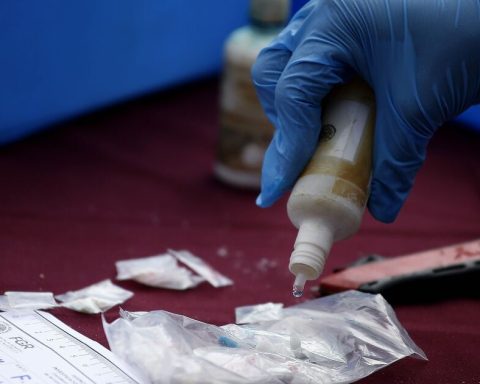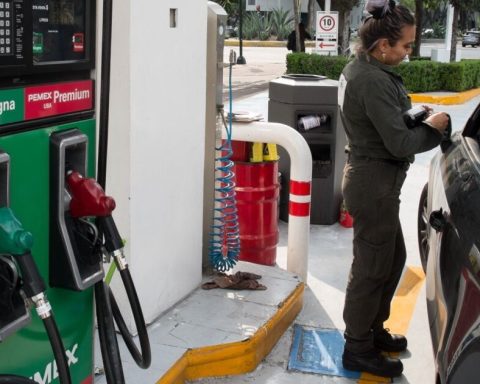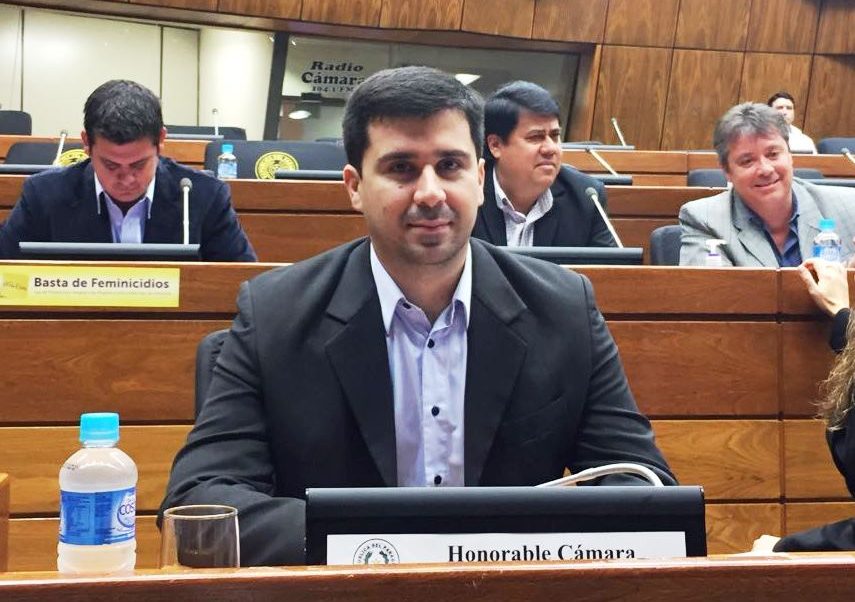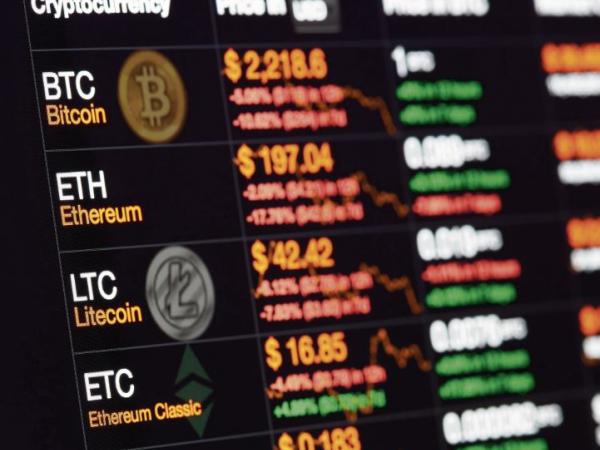In addition to the complex monetary environment, Russian financial institutions were banned from accessing the global messaging system for financial transactions (SWIFT). The measure prevents Russia from charging for its exports of gas, oil, minerals and wheat, and paying for its imports of other goods.
On March 2, the European Union announced that it would ban seven Russian banks from participating in the network as part of the sanctions package, including VTB, VEB and Otkritie. That would make it harder for Gazprombank, gas company Gazprom’s banking tool and Russia’s third-largest lender, to receive payments. Although the measure was not generalized for the rest of the Russian banks, it is a decisive initiative. “The fact that they are doing it, when they explicitly said a week ago that they were not going to do it, shows the seriousness of this effort,” said Daniel Glaser, a former deputy secretary of the US Treasury Department.
In short, the financial measures imposed on Russia have caused the ruble to lose its value and not be accepted as a payment method outside of Russia; that the Central Bank increases its interest rate because its international reserves are frozen and the main Russian banks are unable to receive and execute payments in the international market.
Objective 3: Generate a deep economic recession in Russia
According to multiple analysts, as a result of Western governments imposing trade and financial sanctions, Russia is headed for an economic recession.
Prior to the announcement of the ban on Russian oil imports by the United States and the United Kingdom, economists at JP Morgan Chase & Co. estimated a 7% contraction in Russian GDP this year, the same figure projected by Goldman Sachs Group Inc.
For its part, Bloomers Economics forecast a drop of around 9%; however, he stressed that blocking oil and gas exports would mean the economy could contract by around 14% this year, and similarly, Robin Brooks, chief economist at the Institute of International Finance (IIF). in English), estimated that, after tightening financial conditions, Russian GDP will fall by 15% by 2022.
Now, according to Brooks, the forecast of average annual growth in 2022 of -15% for Russia compares the average level of GDP in 2022 with that of 2021, so the implied fall in GDP would be deeper, close to 30 %. The above would imply that Russia’s GDP will go back to a level similar to that of 2005.
Not enough, ratings agencies Fitch and S&P downgraded Russia’s sovereign rating, saying a default is imminent as sanctions and trade restrictions have undermined its willingness to repay debt.
The further increase in sanctions and proposals that could limit energy trading increase the likelihood of a political response from Russia that includes a selective default on its sovereign debt obligations.
If the Russian GDP contracts 30% in 2022, the proportion of the Russian population in poverty (living on 5.5 dollars or less a day) would double and return to 2009 levels. That is, 4.4 million people would be added to the population in poverty, equivalent to the population of Panama.
* Note: The estimate was made through a simple logarithmic regression to find the relationship between economic growth and the proportion of the population living on 5.5 dollars a day (PPP).
With data from the International Monetary Fund and the World Bank.
In general, the foregoing confirms what is established in academic works such as that of O’Discroll (2017): “The imposition of economic sanctions slows down economic growth and development, widens the poverty gap, exacerbates inequalities and negatively affects other factors. such as worsening the quality of life and increasing government repression of citizens”.
Conclusions
The economic sanctions imposed by Western countries have advanced successfully. Although Russia has not stopped the attack on Ukraine, its economy is contracting day by day and, if the severity of the sanctions continues, it will only be a matter of time before Russia loses the ability to sustain its armed war.
The goal of isolating Russia from global trade has not only put its more than $400 billion worth of exports and the goods it buys from abroad at risk, but has also affected the entire Russian domestic market. The increase in prices, the scarcity of products and the cessation of operations in the country by multiple private companies have an impact on the entire economy as a whole.
To this is added a deteriorated purchasing power, a currency that has lost recognition from the rest of the world and an impossibility to execute transactions in the international market, caused by the measures that aim to remove Russia from the global financial system.
The measures imposed on Russia have generated a catastrophe, it is estimated that its economy will contract up to 30% this year, reaching the goal of generating a deep recession in the country; however, the main affected will be the Russian population. The exodus of companies translates into a loss of jobs and a decrease in the quantity and variety of consumer products.
















